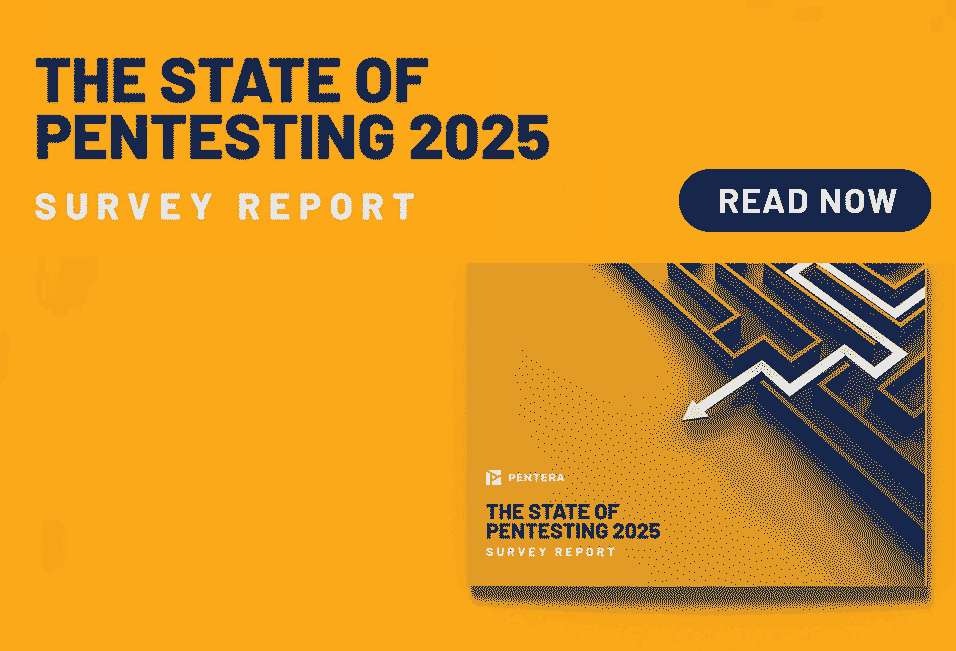What is a Misconfigured S3 Bucket?
A misconfigured S3 bucket is a cloud-based data container, specifically on the Amazon Web Services (AWS) Simple Storage Service (S3), that has been set up incorrectly, resulting in access permissions being granted unintentionally. Such misconfigurations can leave data assets stored in S3 buckets open to tampering or deletion. They pose significant security risks, and so are an important consideration in cloud security.
How do S3 buckets get misconfigured?
S3 buckets are commonly misconfigured through human error. This could simply be the result of an oversight, or it may be due to a fundamental misunderstanding of AWS configurations and permissions. A common example of when this might happen is when an admin attempts to utilize an S3 bucket in conjunction with another application or service and sets permissions incorrectly during integration. Likewise, if one opts to manage their S3 bucket using a third-party tool rather than those within the AWS ecosystem, then the default settings on that tool might interfere with configurations on the S3 bucket, potentially introducing vulnerabilities.
What are the risks of misconfigured S3 buckets?
Misconfigured S3 buckets pose some serious risks to organizations, chiefly the following:
- Unauthorized access: S3 bucket misconfigurations can result in unrestricted permissions, which can lead to unauthorized access and data breaches.
- Data loss: If unauthorized parties gain access to S3 buckets due to misconfigurations, they may potentially modify or destroy vital data assets, leading to major operational disruption.
- Compliance violations: If misconfigured S3 buckets provide insufficient protection to sensitive and confidential data, then they may violate industry regulations and standards, which can result in legal and financial ramifications.
- Reputational damage: In cases where customer data is exposed due to misconfigured S3 buckets, an organization’s reputation may suffer due to a loss of consumer trust.
What are the common misconfigurations in S3 buckets?
The following are some of the most common S3 bucket misconfigurations:
- Access control list permissions: In instances where access control lists (ACLs) are improperly managed, public read and write access may be enabled for certain objects, potentially resulting in unauthorized access, data breaches, and compliance violations.
- Bucket policy permissions: Like ACLs, bucket policies also determine permissions for S3 buckets. However, rather than setting permission for individual objects, bucket policies determine permissions for all data within a bucket. Bucket policy misconfigurations can leave the entire contents of an S3 bucket open to public access.
- Disabled access logging: Amazon S3 utilizes CloudTrail to log actions from users and services. If disabled, the admin will be unable to monitor access requests, restricting their ability to detect and respond to unauthorized access attempts.
- Disabled server-side encryption: Amazon S3 uses server-side encryption exists to protect data at rest. If not enabled, S3 buckets are more susceptible to unauthorized access, which can lead to confidential data being compromised.
- Disabled versioning: S3 versioning allows multiple versions of an object to be stored in an S3 bucket for retrieval and recovery. If this option is misconfigured, modified, or deleted data assets cannot be restored, resulting in data loss.
What are the best practices for securing S3 buckets?
The following are some key best practices for securing S3 buckets:
- Set default permissions to private on ACLs and bucket policies.
- Implement the principle of least privilege, granting access only when necessary.
- Enable server-side encryption for data at rest and use SSL/TLS for data in transit.
- Enable bucket version and access logging.
- Conduct routine reviews and audits of permissions, policies, and third-party tools.
Securing S3 buckets for comprehensive cloud security
Misconfigured S3 buckets pose a considerable threat to cybersecurity as they can potentially expose important data assets to unauthorized access. As such, ensuring that S3 buckets are properly configured should be a key consideration for cloud security. By understanding common misconfigurations, how they occur, and the dangers they present, organizations can take appropriate measures to ensure that their S3 buckets remain secure. In doing so, they can mitigate business risk and ensure operational continuity.
What are the steps to remediate misconfigured S3 buckets?
The remediation of misconfigured S3 buckets typically begins with identifying and remedying improper access permissions, which should be set to private by default. Once this is done, admins can set about enabling other security and data protection features such as encryption, access logging and monitoring, and versioning. Lastly, access policies should also be reviewed to ensure that the principle of least privilege is applied for optimal protection.
How can one identify misconfigured S3 buckets?
Misconfigured S3 buckets can be identified in several ways. Amazon offers a variety of security tools through AWS, such as AWS Config, AWS Trusted Advisor, and Amazon Macie, which can be used to check settings and receive alerts and suggested remediation prompts.
Why is addressing misconfigured S3 buckets critical for cloud security?
Addressing misconfigured S3 buckets is critical for cloud security because such misconfigurations can have serious ramifications including unauthorized access, data breaches, and data loss. By addressing and rectifying misconfigurations, organizations can ensure that S3 buckets are properly secured so that they can protect vital data assets and stay compliant with industry regulations and standards.
Fix misconfigured S3 buckets.
Prevent unauthorized access to your S3 buckets with proper configurations.


